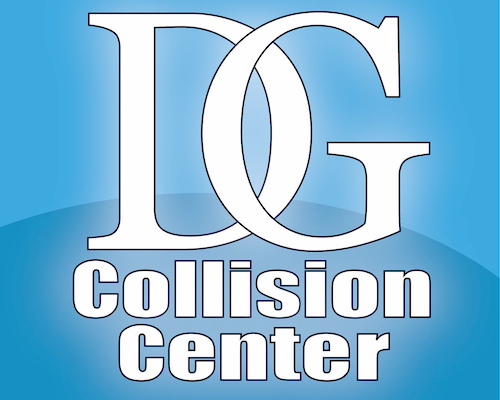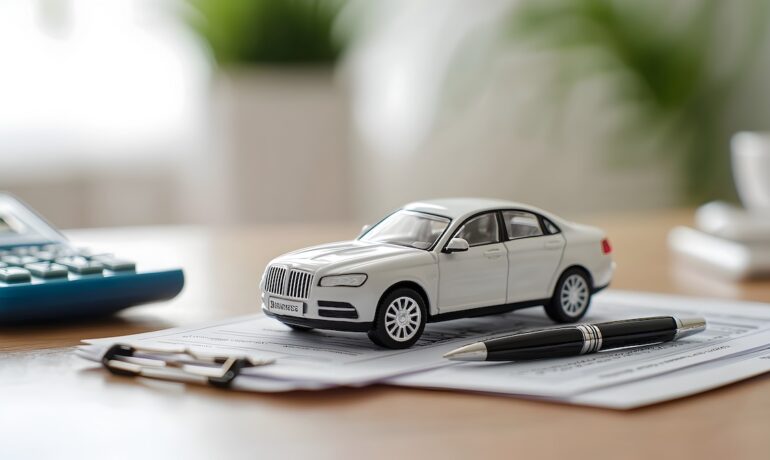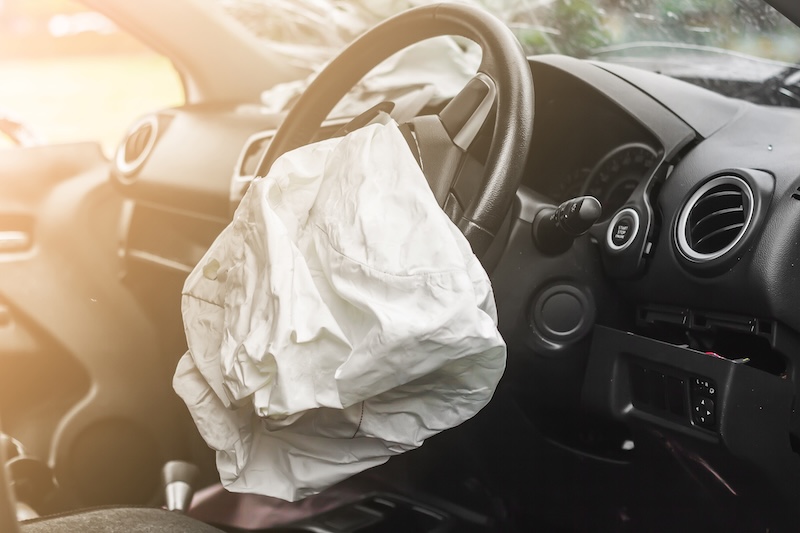 Vehicle Design and Car Safety
Vehicle Design and Car Safety
When you slide behind the wheel of your car, you’re surrounded by sophisticated safety engineering that has evolved over decades. Modern vehicle design incorporates multiple safety systems that work together during a collision to protect you and your passengers. From the frame’s structure to the placement of airbags, every element serves a purpose in the complex choreography of crash protection.
This blog explores how automotive safety engineering has transformed over time and how these innovations work together to save lives during accidents.
The Evolution of Car Safety Features Through the Decades
Car safety features have evolved significantly from basic seat belts to comprehensive protection systems. The journey began in earnest in the 1950s with the introduction of the three-point seat belt by Volvo engineer Nils Bohlin. This seemingly simple innovation has saved more than a million lives since its introduction.
The 1970s marked a turning point when safety became a priority in automobile designing. Manufacturers began implementing standardized safety features and conducting crash tests to evaluate vehicle performance during collisions. According to the National Highway Traffic Safety Administration (NHTSA), these advancements have contributed to saving over 600,000 lives between 1960 and 2012.
Car safety features in cars today are the result of decades of research and engineering innovation:
- 1950s: Introduction of three-point seat belts and concept of airbags
- 1970s: Seat belts become standard equipment
- 1980s: First driver-side airbags introduced in production vehicles
- 1990s: Passenger airbags become common
- 2000s: Electronic stability control systems developed
- 2010s: Advanced driver assistance systems become widespread
This progression demonstrates how vehicle safety has transformed from passive protection to active accident prevention.
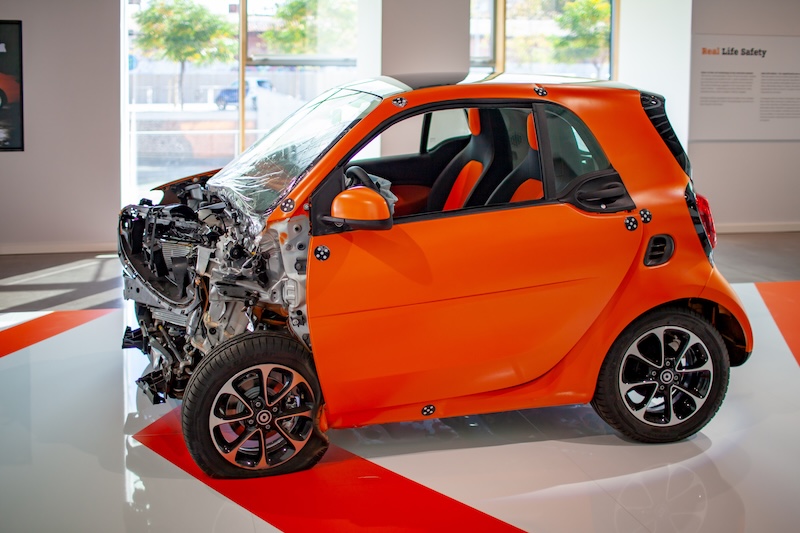 How Crumple Zones Revolutionized Car Safety
How Crumple Zones Revolutionized Car Safety
Crumple zones are specifically designed areas that deform in a controlled manner during impacts. This concept, pioneered by Mercedes-Benz engineer Béla Barényi in the 1950s, fundamentally changed vehicle design philosophy.
Before crumple zones, cars were built with rigid frames that transferred crash energy directly to the occupants. Modern vehicle design takes the opposite approach—strategic areas of the vehicle are engineered to collapse progressively during a collision, absorbing energy that would otherwise reach the passenger compartment.
The physics behind crumple zones is straightforward but brilliant: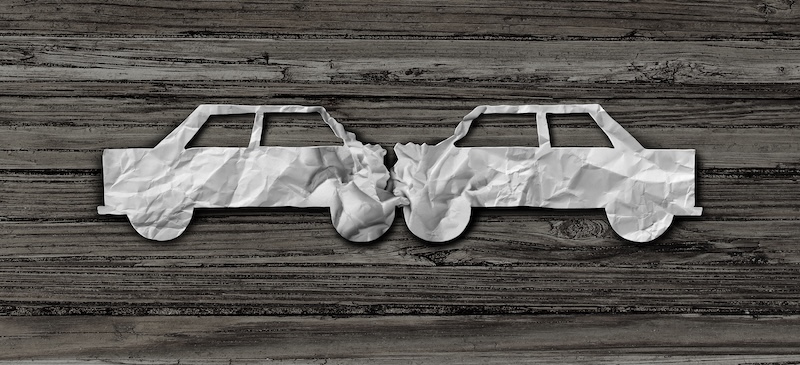
- During a collision, the front and rear sections of the vehicle crush at a controlled rate.
- This crushing action extends the time of deceleration.
- By extending deceleration time, the peak forces experienced by occupants are reduced.
- Meanwhile, the passenger compartment remains rigid, maintaining survival space.
This engineering approach follows Newton’s Second Law of Motion: Force equals mass times acceleration. By reducing the acceleration (through controlled deformation), the force transmitted to occupants decreases proportionally.
The Sophisticated World of Airbag Protection Systems
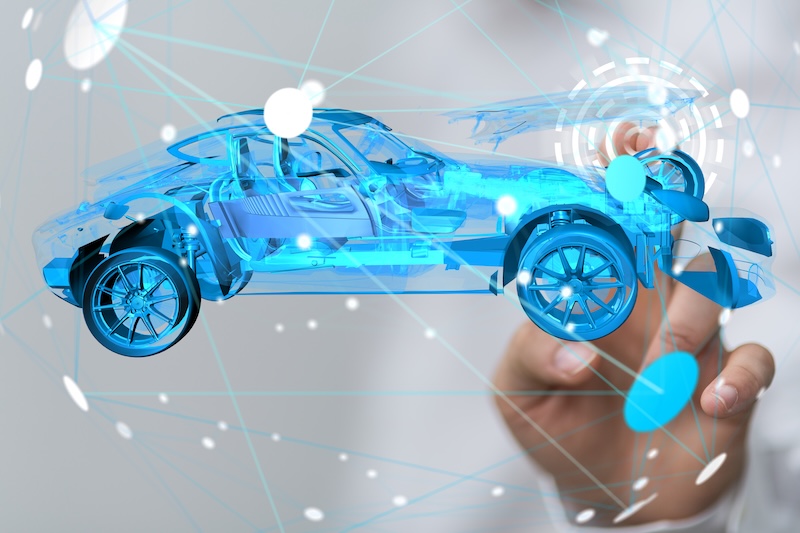 Modern vehicles can contain up to a dozen airbags strategically placed throughout the cabin. These collision safety devices activate in milliseconds to provide maximum protection. The evolution of airbag technology represents one of the most significant advances in occupant protection.
Modern vehicles can contain up to a dozen airbags strategically placed throughout the cabin. These collision safety devices activate in milliseconds to provide maximum protection. The evolution of airbag technology represents one of the most significant advances in occupant protection.
Today’s comprehensive airbag systems typically include:
- Front driver and passenger airbags
- Side-impact (thorax) airbags
- Side curtain airbags for head protection
- Knee airbags
- Seat cushion airbags
- Center airbags between occupants
The deployment process is a marvel of engineering precision. When sensors detect a collision exceeding a predetermined threshold, they trigger a chemical reaction that inflates the airbags in approximately 20-30 milliseconds—faster than the blink of an eye. The airbags then begin deflating immediately upon contact, cushioning occupants rather than bouncing them back.
What makes modern airbag systems particularly sophisticated is their ability to adjust deployment based on crash severity, occupant position, and even whether seat belts are being used. This adaptive response ensures optimal protection while minimizing the risk of airbag-induced injuries.
How Car Safety Features Work Together During a Collision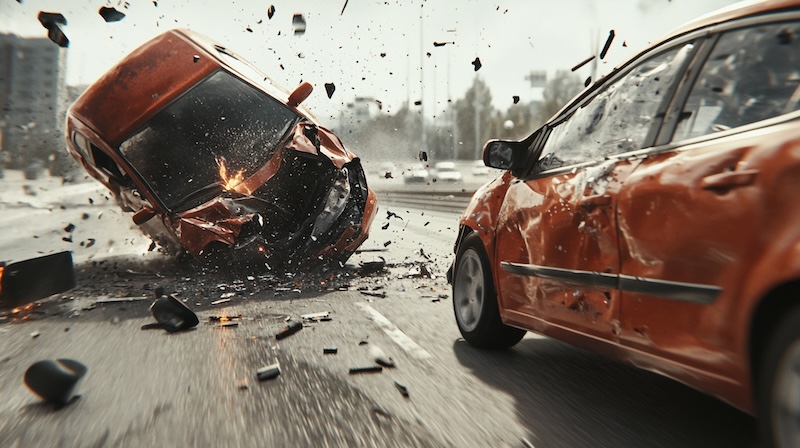
Vehicle safety features don’t operate in isolation—they form an integrated protection system that responds in a coordinated sequence during a crash. This orchestrated response happens in milliseconds:
- Pre-collision systems may detect an imminent impact and prepare safety systems
- Crumple zones begin absorbing energy upon impact
- Seat belt pretensioners tighten to position occupants optimally
- Airbags deploy based on impact direction and severity
- Load-limiting seat belts allow controlled forward movement to work with airbags
- The safety cell maintains structural integrity around occupants
This integration explains why professional auto body repair is essential to restore these safety systems after a collision. Improper repairs can compromise this carefully engineered sequence, potentially reducing protection in subsequent accidents.
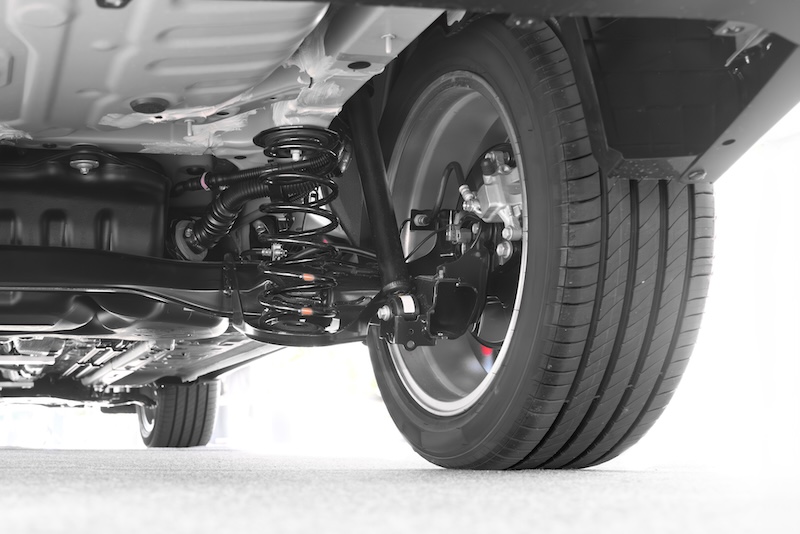 Critical Safety Features in Cars That Save Lives
Critical Safety Features in Cars That Save Lives
Beyond the well-known crumple zones and airbags, modern vehicles incorporate numerous safety innovations that have dramatically reduced fatality rates. The NHTSA reports that the risk of dying in a crash has decreased by 56% compared to vehicles from the 1950s:
- Electronic Stability Control (ESC): Prevents skidding and loss of control by automatically applying brakes to individual wheels
- Automatic Emergency Braking: Detects potential collisions and applies brakes if the driver doesn’t respond
- Blind Spot Detection: Alerts drivers to vehicles in adjacent lanes that may not be visible in mirrors
- Lane Departure Warning: Notifies drivers when they unintentionally drift from their lane
- Advanced High-Strength Steel: Strategically placed throughout the vehicle structure to enhance crash protection while reducing weight
These technologies represent the shift toward active safety—preventing accidents before they occur—while continuing to improve passive safety systems that protect occupants during a crash.
How Automobile Designing Has Prioritized Safety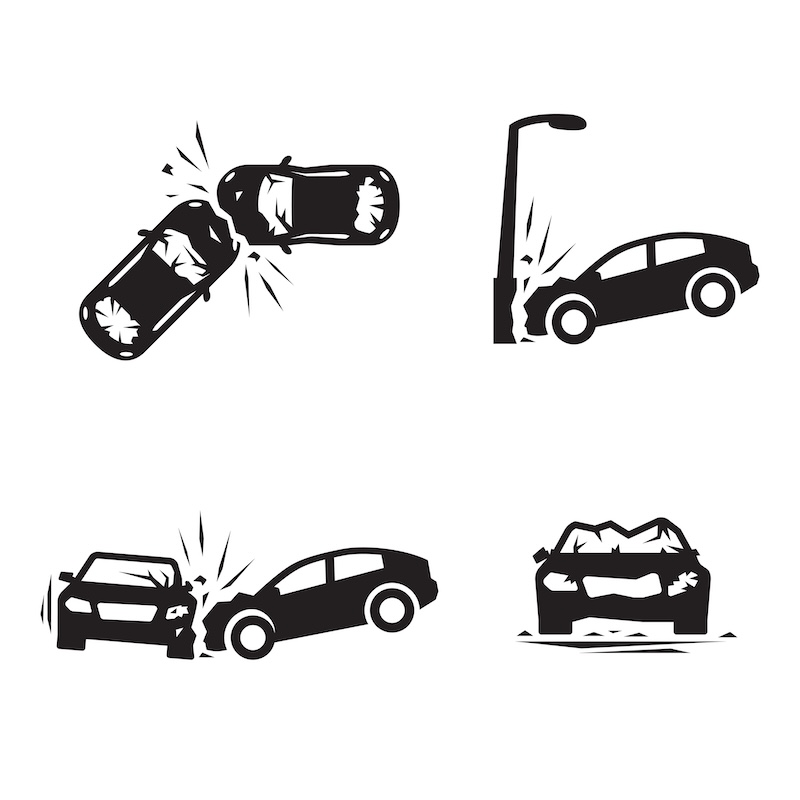
Modern automobile designing now prioritizes occupant protection through strategic use of materials and structures. Engineers use sophisticated computer modeling to simulate thousands of crash scenarios before a vehicle is ever physically tested:
- Multi-material construction that places the right material in the right location
- Passenger compartments made from ultra-high-strength steel
- Energy-absorbing structures that direct crash forces away from occupants
- Designed failure points that collapse in predetermined ways
Interestingly, modern vehicles also incorporate pedestrian safety elements in their front-end design. Features like deformable hood areas and breakaway wiper mounts can significantly reduce injuries to pedestrians in the event of a collision.
About DG Collision Center, an Auto Body Shop in Covina, California
We would love to help restore your vehicle following a car accident or comprehensive damage. DG Collision Center in Covina, California is your one-stop-shop in Covina for auto body repair after car accidents. Our highly trained team includes specialized technicians. We work directly with all insurance companies. This enables our customers to file a claim without even needing to be present. We pride ourselves in providing excellent service at DG Collision Center in Covina, California.
